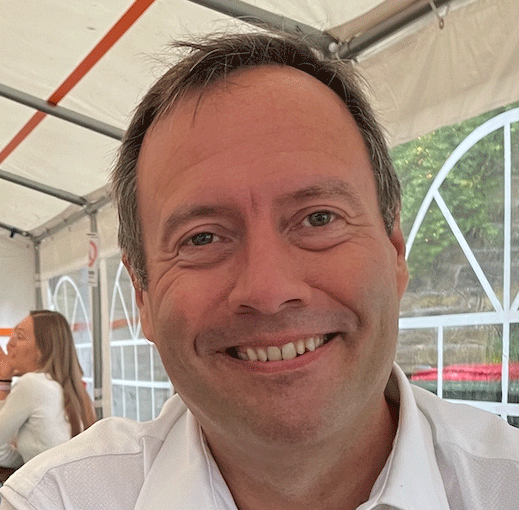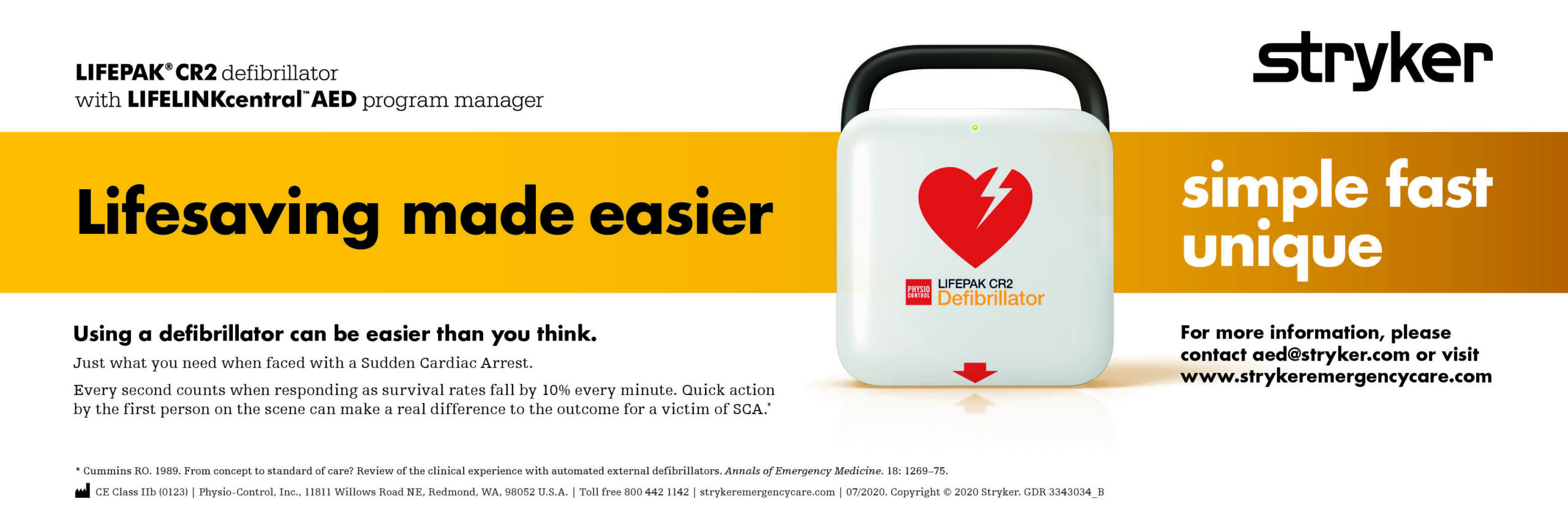
Professor Andrew Lockey
President, Resuscitation Council UK
People need to know the symptoms of sudden cardiac arrest, a potentially deadly condition that affects thousands every year. More importantly, they should know how to respond to it.
Sudden cardiac arrest (SCA) does not discriminate, notes Professor Andrew Lockey, President of Resuscitation Council UK.
It happens when the heart suddenly stops pumping blood effectively because of a malfunction of the heart’s electrical system, and it can affect anyone — of any age and at any time (although some are at higher risk than others).
Properly identifying SCA
There may be warning signs, such as chest pains, but it often strikes without any warning. Tragically, the survival rate is low.
Sudden cardiac arrest shouldn’t be confused with a heart attack because the symptoms are different. “Someone who is having a heart attack will be awake and talking,” explains Professor Lockey. “Whereas when a person goes into SCA they will be unconscious, not talking, and either not breathing or not breathing normally.”
Each year, in the UK, there are 30,000 out-of-hospital cases. Professor Lockey says that it’s important for people to know what to do if someone goes into SCA. It’s the knowledge that could save lives.
Why giving chest compressions increases the chances of survival
Speed is of the essence. Without intervention, the odds of survival decrease about 10% every minute. Therefore, performing cardio-pulmonary resuscitation (CPR) is critical. “You can increase the odds of survival by calling for help, then performing chest compressions,” says Professor Lockey. “This can be as simple as pushing up and down on the chest which buys extra time until an automated external defibrillator (AED) can be used on the patient.”
AEDs convert the heart back to a normal rhythm and are designed to be used by non-medical professionals. “You only need two hands to save a life,” he adds. “And you don’t have to be a medical professional to do it.”
Sudden cardiac arrest shouldn’t be confused with a heart attack because the symptoms are different.
Education for emergency measures
Resuscitation Council UK wants everyone to have the chance of learning CPR. Its Restart A Heart initiative is teaching schoolchildren CPR and defibrillator awareness. “Over the next 10 years, we will be training a generation of SCA lifesavers,” says Professor Lockey. “Unfortunately, we know that older people — 45 and over — are less aware of SCA and less likely to know about CPR or what a defibrillator is; but it’s vital that they get the message because it could save lives and that is why we have introduced our CPQR campaign to help raise awareness amongst everyone, so you can scan it, learn it, and save a life.”
For more information, please visit resus.org.uk
If you own a defibrillator, please register it at thecircuit.uk so that the ambulance services know its location and can direct local bystanders to use it when they call 999.



